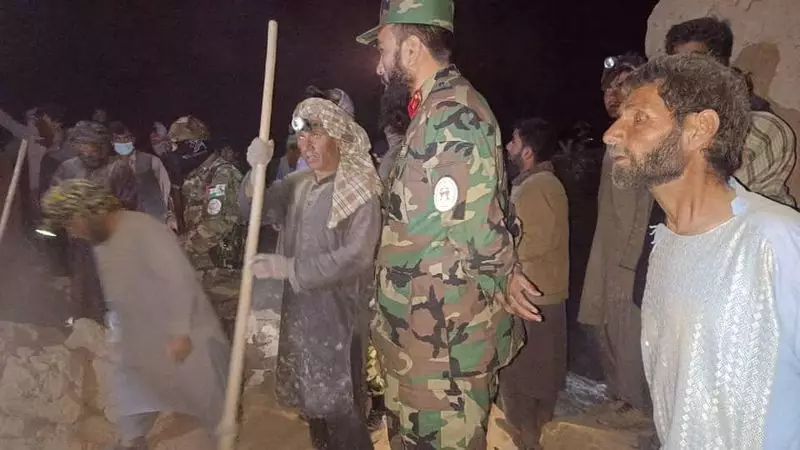
Nestled at the crossroads of colossal geological forces, Afghanistan experiences a reality where the ground itself is in constant, violent negotiation. The country's landscape, dominated by the mighty Hindu Kush mountain range, isn't just a picturesque backdrop—it's the epicentre of a relentless tectonic struggle.
The Colliding Giants Beneath the Surface
The primary culprit behind Afghanistan's seismic vulnerability is its position on the complex and active Eurasian and Indian tectonic plates boundary. The Indian plate continues its northward march, relentlessly pushing into the Eurasian plate at a rate of about 40 millimetres per year. This monumental collision doesn't happen smoothly; it's a jarring, stop-start process that builds immense pressure until it's released in the form of powerful earthquakes.
A Network of Ancient Faults
This tectonic pressure has fractured the region's crust over millions of years, creating a web of deep-seated faults. Two of the most significant are the Chaman Fault, running along the border with Pakistan, and the Main Pamir Thrust further north. These aren't mere cracks in the earth; they are zones of weakness where built-up stress is periodically and violently released.
Why Are Afghan Earthquakes So Destructive?
The impact of these quakes is tragically amplified by several key factors:
- Shallow Epicentres: Many quakes originate less than 30 kilometres below the surface, meaning their energy has less distance to dissipate before reaching populated areas.
- Mountainous Terrain: The rugged landscape makes remote communities difficult to reach with aid and rescue efforts following a major event.
- Building Vulnerability: Widespread use of non-engineered, traditional construction methods using mud-brick and stone offers little resistance to seismic shaking, leading to catastrophic building collapses.
- Population Density in Valleys: Many towns and villages are situated in valley basins where seismic waves can become amplified, increasing the shaking intensity.
A History Written in Seismic Waves
Afghanistan's seismic history is long and devastating. The 1998 Takhar earthquake, a magnitude 6.6 event, killed at least 4,700 people. More recently, a series of powerful quakes in Herat province in 2023 resulted in thousands of casualties, starkly reminding the world of the region's fragile relationship with the earth beneath it.
Understanding the geology is the first step towards building resilience. While the tectonic forces are beyond human control, improving construction standards, implementing early warning systems, and enhancing disaster preparedness can save countless lives in a land destined to shake.





